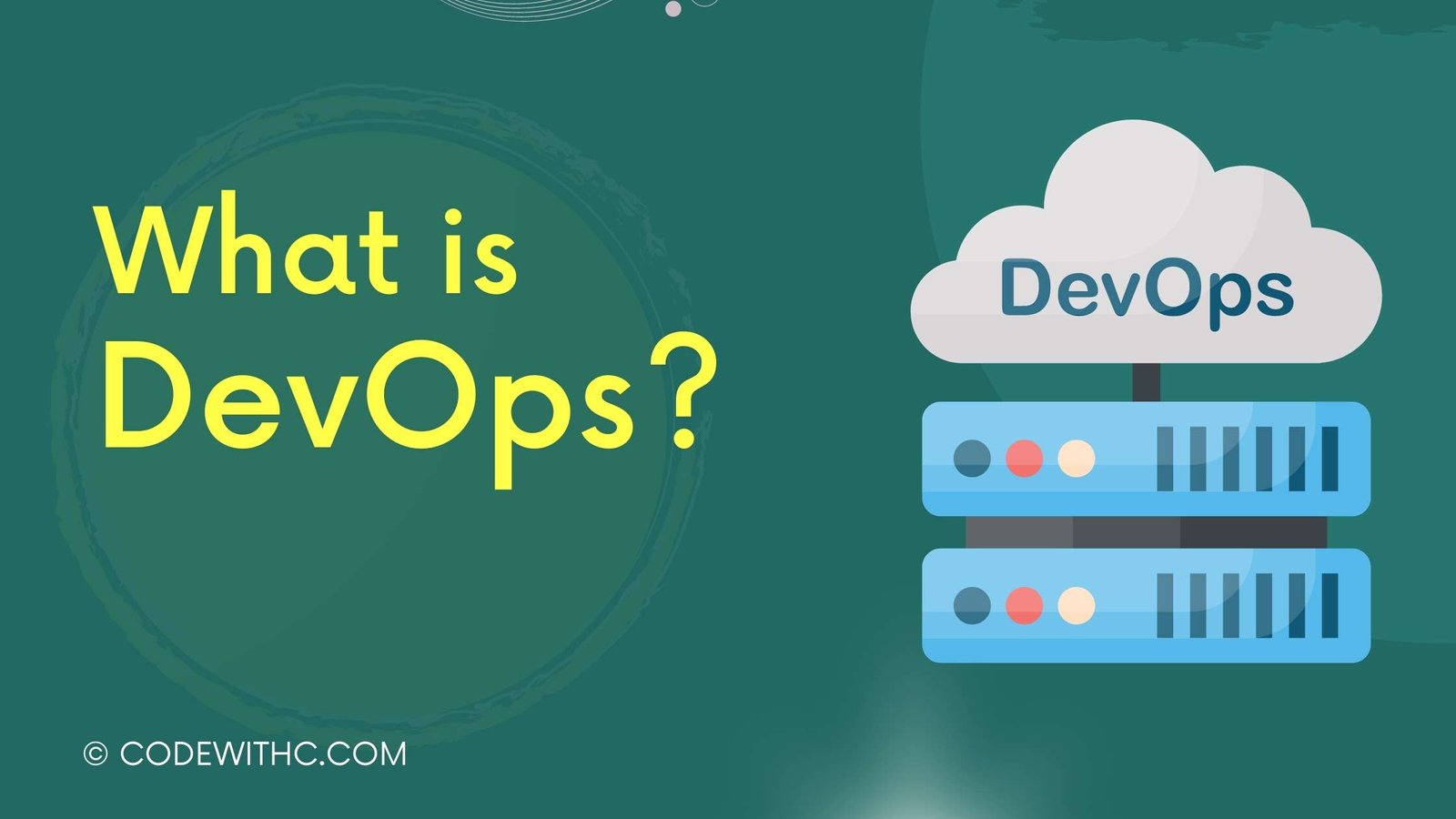DevOps is a combination of software development and operations. DevOps is about automating, simplifying, and improving the flow of information in your digital world. This means automating the things you once did manually by hand. For example, one of the most common manual steps is running updates to the software. Today, it’s much easier and cheaper to automate that process. It’s also possible to automate other processes such as monitoring, testing, and deployment.
DevOps is a broad term describing the cultural and technological movement that aims to create better software development practices and more efficient operations of applications and services. While there is no universally agreed upon definition, it is generally accepted that DevOps is the practice of continuous integration and delivery to speed up the building and deployment of software.
In short, DevOps is about creating better software faster. This means that it is about culture and process. It means that you have to embrace and improve your team’s ability to do things faster and more effectively. It also means that you need to rethink how your team works.
The most important aspect of DevOps is the shift in mindset from focusing on the product to the process. This means that your team should be focused on being able to quickly test new features and deploy changes to production with minimal impact on the business.
At its core, DevOps is about breaking down the walls between developers and operations. There is a common misconception that developers are separate from the rest of the business and that operations are separate from developers. This is a problem because developers often don’t work directly with operations. Operations are responsible for things like monitoring and managing servers. Developers often rely on automation tools to create, deploy, and test software.
In reality, there are many processes that both developers and operations must work together to make sure the software meets the needs of the business. For example, operations are often responsible for monitoring the health of the server environment and for scaling out as needed. Operations are also responsible for managing the server infrastructure. This includes upgrading and patching the operating system, configuring the hardware, and deploying software packages.
In the past, operations would need to wait until the developer finished a build before they could begin testing the software. Operations would then need to wait for a developer to finish the deployment before they could test the software. In this process, there were multiple points where the software could fail. If any of those points failed, the entire deployment was delayed.
Today, you can automate much of the software deployment and testing process. Instead of waiting for a developer to deploy, you can configure your server environment to automatically deploy the latest version of the software. Instead of waiting for the software to finish testing, you can test the software in a virtual environment.
To get started, you first need to decide which areas of the business will benefit from DevOps. Next, you need to evaluate your current processes. There are several questions that you should answer:
- How does your organization currently work? What is the process for building and releasing software?
- What are the bottlenecks in the process? What are the areas that could use improvement?
- What are the key steps in the process that are manual? Can they be automated?
- How do you currently manage releases?
- What is the status of the automation efforts?
- What is the status of the infrastructure? Do you have enough servers? Do you have the right software and configuration?
- What is the status of the security and compliance processes?
- What is the status of the metrics?
- What is the status of the operational staff? Are they engaged and motivated?
- How do you measure success?
Once you have answered these questions, you can determine which of the available DevOps tools will help you. Several tools can help you implement a DevOps culture within your team. Some of the more popular tools include:
Continuous Integration (CI): CI is a tool that automatically tests, builds, and deploys code. This means that you can easily test, build, and deploy code that has been checked into source control. CI tools are typically part of an open-source toolchain that can run on a server or in the cloud. Examples of CI tools include Jenkins and CircleCI.
Continuous Delivery (CD)
CD is a process that allows you to release code frequently, rather than only when it is finished. CD also involves deploying the code to production. This means that you can deploy changes to the production server as they are checked into source control. CD tools are typically part of an open-source toolchain that can run on a server or in the cloud. Examples of CD tools include GitLab and Bitbucket Pipelines.
Continuous Deployment (CD)
CD is a process that allows you to deploy to production every time you check in to source control. This means that your code is always ready to go live. CD tools are typically part of an open-source toolchain that can run on a server or in the cloud. Examples of CD tools include GitLab Deploy and Bitbucket Pipelines.
Automation
Automation is the act of automating the process of building and releasing software. You can use automation tools to create, deploy, and test software. In general, you can automate the entire build-test-deploy process. However, this is not necessary. Automation tools are commonly used to automate manual tasks that are repetitive and boring. For example, you can use automation tools to deploy your code to your server environment every time it is checked into source control.
